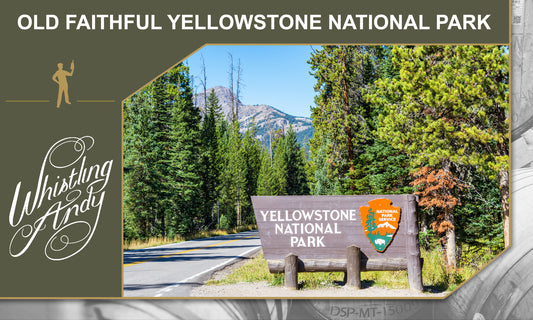Mushrooming is gaining in popularity as chefs use wild mushrooms in their cooking at restaurants, on Food Network, and all over YouTube. You can hunt mushrooms in several states, and many mushroom hunters swear the best mushrooming is to be had on the West Coast. While it’s true that Oregon, Washington, and parts of California are good for mushroom foraging, other parts of the country are coming to light as good candidates.
For example, Missouri has some of the best mushrooming in the country, but has only recently been added to the lists of most popular counties to mushroom hunt in the US. Likewise, Montana has always had excellent mushrooming, but it has only been with social media exposure that the rest of the country has come to realize it.

Why you should go mushrooming in Montana
Why choose Montana over other popular mushrooming states? Montana is a beautiful place to visit, with wild places like prairies with open skies, woods made up of aspens and cottonwoods, and forests of Douglas-Firs and other conifers.
Montana woods are particularly beautiful in spring when cottonwoods and aspens flower, and in the fall when their leaves turn beautiful colors of yellow, orange, red, and bright gold. Since there are mushrooms to be found on and under cottonwoods in these seasons, you can have a peaceful retreat well worth the hike even if you don’t find a single mushroom.

Montana spring morel hunting can’t be beat
Of all the places in the country where you can hunt morel mushrooms, Montana is a hidden secret that has only begun to gain popularity thanks to social media. Morels grow plentifully on and under cottonwoods, particularly those in damper areas. Under cottonwoods along banks of streams and rivers you can also find oyster mushrooms, which are also edible and extremely popular.

Summer mushroom foraging in Montana is just as fruitful
Many people don’t think about mushrooming in the summertime, but even though you won’t find morels or chanterelles during this season you will still be able to get some flavorful wild mushrooms to test your palette.
In late May/early June through July, you can find edible wild mushrooms in open meadows and prairies. There are two types of mushrooms you’re likely to find – Puffballs and King boletes. Puffballs look just as they sound. They are a large white orb at least the size of a softball and ranging up to volleyball sized mushroom heads. They have a mild nutty and earthy taste that makes them popular in the kitchen.
King boletes are also a rather large mushroom, with their caps getting to be about the size of a dinner plate. These have a mild but full flavor that is worth the hunt, but be careful that you don’t pick their smaller poisonous cousin. You can check what kind of mushroom you have by its spores using easily found resources online.
Because these mushrooms are most likely to be found scattered across meadows and prairies, evening mushrooming can be a great outdoor date. When you’re done foraging for mushrooms, cook them up, have a picnic in the middle of a field, and watch the stars come out as the sun sets.

Enjoy the beauty of Montana autumn and explore new culinary wild mushrooms
Autumn is another popular time to go mushrooming in the US thanks to chanterelles, a very popular culinary wild mushroom. In autumn cottonwoods shower leaves of gold upon your head as you hunt for the rainbow chanterelles that grow beneath them along the damp wooded banks of streams and rivers.
Conifer forests are also a beautiful place to hunt for mushrooms in the fall. Montana’s conifer forests offer two different types of mushrooms. Hawking or scaly urchins and sweet tooths aka hedgehog mushrooms can be found scattered beneath the boughs of Douglas-Firs and pines.

Mushrooming safety tips
As delicious as wild mushrooms can be, there are many more poisonous mushrooms than edible ones. Stick to mushrooms that you know you can identify correctly every time. There are also apps for your phone or websites where you can search for a mushroom identity based on a picture of the spores. Beware of mushrooms that look familiar but are deceiving, like thimble false morels. Also avoid any generic brown mushrooms.
While you’re out hunting for mushrooms, make sure you have a stocked first aid kit in case of injury while you are hiking or foraging. You can also carry Ipecac syrup in case of accidental poisoning. If you think you or someone in your party has been poisoned by mushrooms, you can call the Rocky Mountain Poison and Drug Safety line at 800-222-1111.
When you’re ready to take your wild mushrooms to the table, make sure that you cook them thoroughly. You should never eat raw wild mushrooms due to risks of harmful bacteria. If you’ve never eaten that type of mushroom before, you should taste just a small piece and wait a bit to make sure you won’t have any digestive upset. Morels in particular make some people sick, and everyone should eat them in moderation.





